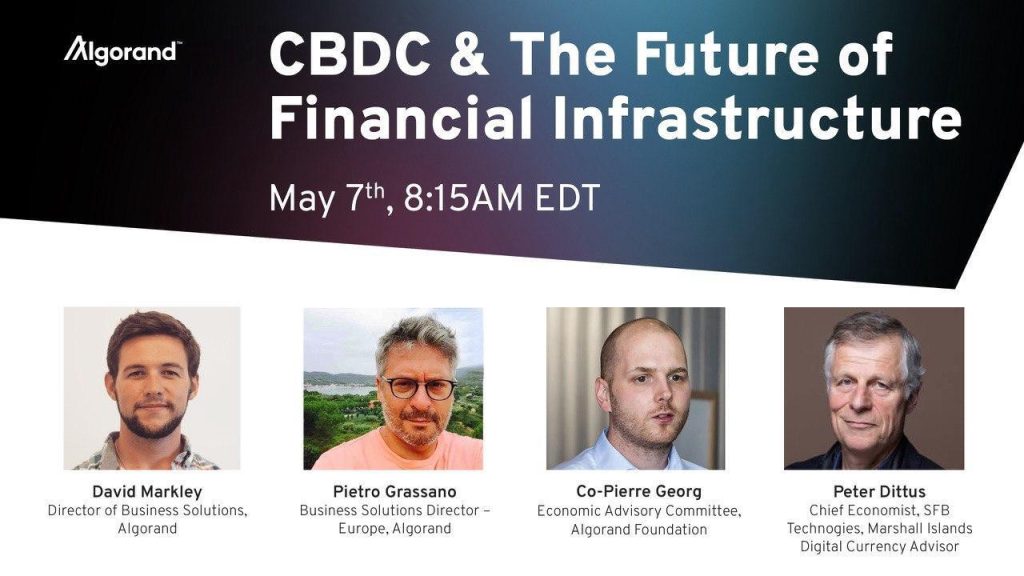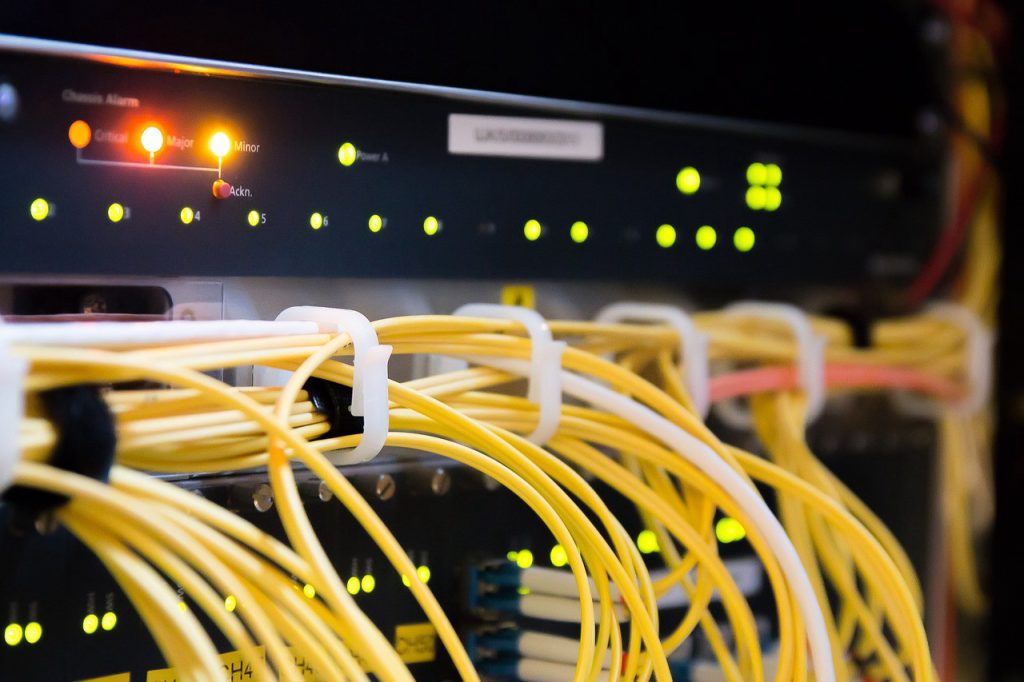Introduction
Since its launch, the Algorand blockchain network has strived to remain decentralised as much as possible. For example, consensus participation in the production and validation of blocks (transactions) on the network is decentralised and open to all Algorand account holders. Unlike other blockchain projects where a set of block producers are voted to produce and validate transactions, Algorand allows every account (user) to participate in this process if they desire to. That is why it is called the Pure-Proof-of-Stake network. To further add to its decentralisation process, Algorand has proposed to decentralise governance on the blockchain, allowing the community to vote on key protocol decisions as proposed by the Algorand Foundation or any member of the governance group.
What is it?
What it simply means is that, instead of only the Algorand Foundation, all interested Algorand account holders can elect to become governors on the network. To be part of the governors or opt to be part of the governance of the chain, account holders will need to lock their Algorand tokens in a smart contract for 1 year period. Governors have to “work” to be able to earn rewards for their work. Which means active participation in voting and implementing key protocol decisions. These accounts will be monitored to make sure they are actively participating in the governance process and don’t act like robots. If a governor decides to withdraw their tokens before the 1 year lock period, there will be some restrictions and penalties to pay for that. It is important to maintain sanity and stability in the number and quality of governors expected to vote on decisions. All governors will be rewarded with the Algorand network tokens (Algos) for the work done. The good news, however, is that the rewards earned as a governor are not locked but are transferred into a separate account as supplied by the governor. The governance proposal is rolled out in a piecemeal process; starting with the voting on Algorand grants. To provide a bit of background, Algorand has a $250 million grant program, which it awards to startups and developers who are building on the Algorand blockchain. This is aimed at growing the ecosystem around the blockchain protocol. Hitherto, the grant awards were decided solely by the Algorand Foundation. However, with coming to the force of the new governance proposal, the community governors will vote and decide which projects get funding for their projects.
Governance process
The governance process or voting mechanism in the proposal takes the format of how governance gets bills passed by parliaments or congress in most countries. The Algorand Foundation acts as the executive to propose or facilitate the session agenda and the items to vote on. As a facilitator, the foundation sets the agenda for the session for the governors to vote on the proposed agenda. Note, however, that each governor is entitled to make a proposal for an item to be included in the voting session but must be submitted early to enable the Foundation to include it in the Agenda. Each item on the agenda shall compose of the following
- Item name or ID
- A brief summary of the item
- A link to a details page
- A YES and NO voting options for governors to select.
Voting takes a period of 30 days from when it was posted. When the time elapses, the governor cannot cast their votes. The results are then transferred to the blockchain with the outcome. A YES vote will lead to further actions while a NO vote for a particular item will signify an end to it. No further action will be taken.
For convenience, the governance voting process will be available in the Algorand mobile wallets. A separate/special governance-participation key, other than the consensus-participation or spending, should be used to digitally sign the voting.
Why is this important?
Well, a blockchain network that seeks to build a community must involve the community in decision making. This will whip up community interest in promoting and supporting the network. Anyone can choose to be part of the decision-making process thereby serving as a check on how resources on the network are utilized. Decentralization promotes a healthy network whereas centralisation seeks to defeat the true essence of the blockchain. By locking up tokens, users show their commitment to building a robust network.



